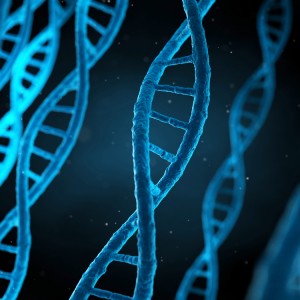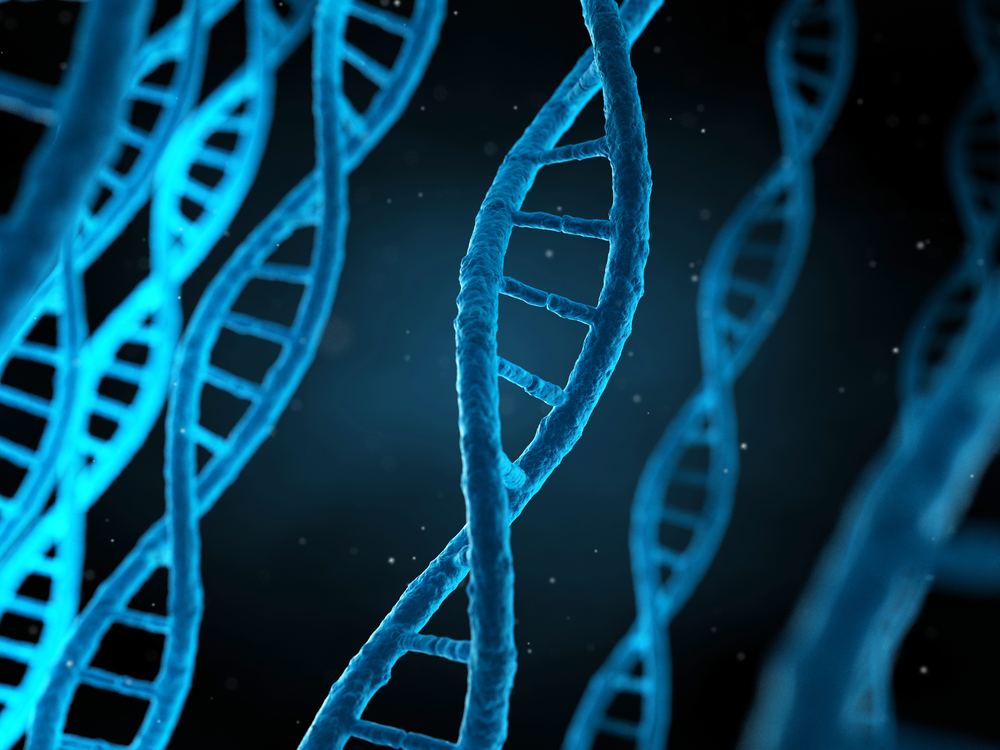 Researchers from the University of Toronto have developed a new computational technique that is able to pinpoint DNA mutations that can cause disease.
Researchers from the University of Toronto have developed a new computational technique that is able to pinpoint DNA mutations that can cause disease.
The study, published in Science, reports on how the research team led by professor Brendan Frey, managed to engineer a method that ranks genetic mutations depending on the capacity of living cells to read DNA. This allowed the team to find genetic determinants of autism, spinal muscular atrophy and hereditary cancers, including colorectal cancer.
“Over the past decade, a huge amount of effort has been invested into searching for mutations in the genome that cause disease, without a rational approach to understanding why they cause disease,” Dr. Frey said in a news release. “This is because scientists didn’t have the means to understand the text of the genome and how mutations in it can change the meaning of that text”, he added.
Certain regions of the human genome, exons, encode proteins that play key roles in basic cellular functions. However, scientists have recently found that other regions termed introns contain instructions that can determine exon’s splicing process, and what proteins they will originate. Interfering with this biological process is known to have a major impact in many diseases.
The research team studied the genetic splicing instructions in introns, using a new type of technology called ‘deep learning’, which allows a computer to scan a DNA fragment and understand the genetic determinants that result in protein coding.
“The success of our project relied crucially on using the latest deep learning methods to analyze the most advanced experimental biology data. My collaborators and our graduate students and postdoctoral fellows are world-leading experts in these areas”, Dr. Frey added.
The team used this innovative system to search for mutations responsible for errors in splicing, finding that this technology was able to detect 94% of the genetic culprits behind several diseases, including colorectal cancer. Importantly, it was also able to predict new mutations that had never been described before.
Dr. Juan Valcárcel Juárez, a scientists with the Center for Genomic Regulation in Barcelona, Spain, who was not involved in this study, commented, “In a way it is like having a language translator: it allows you to understand another language, even if full command of that language will require that you also study the underlying grammar. The work provides important information for personalized medicine, clearly a key component of future therapies.”


